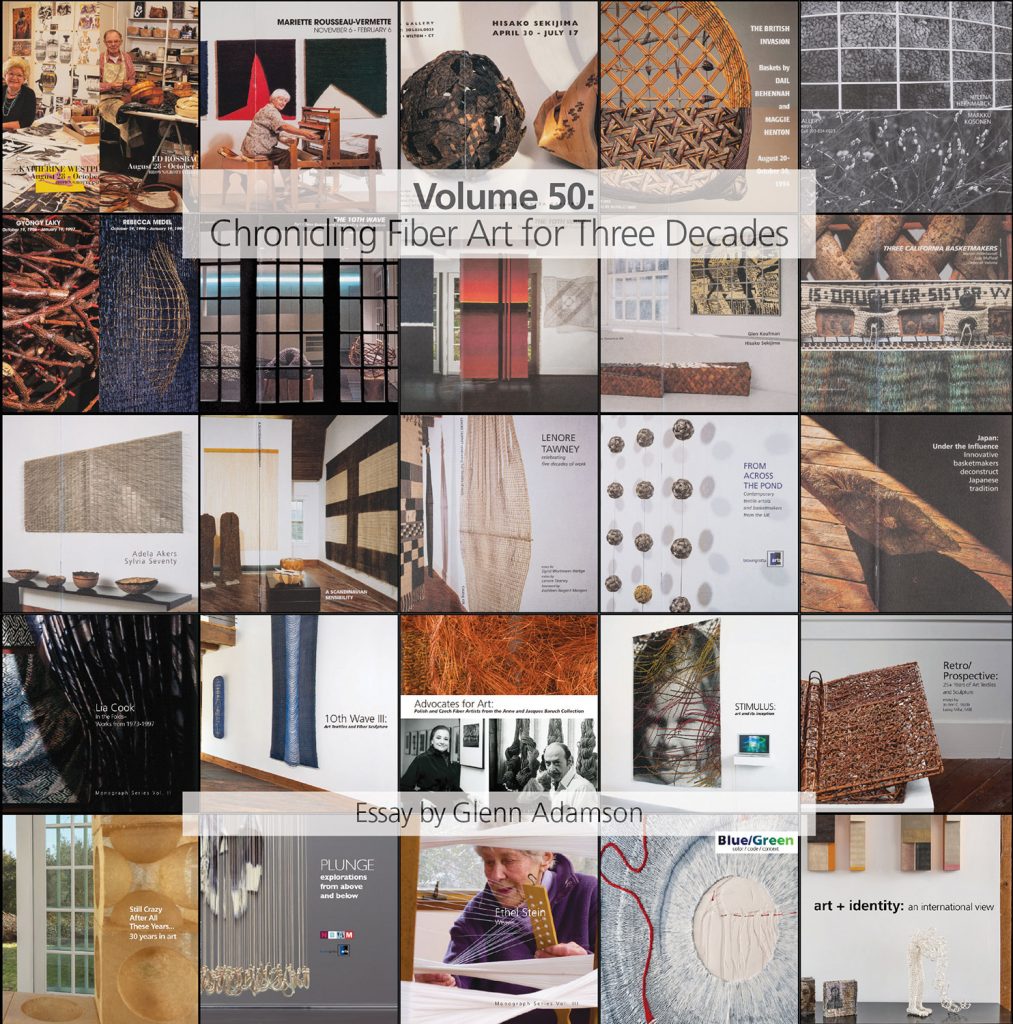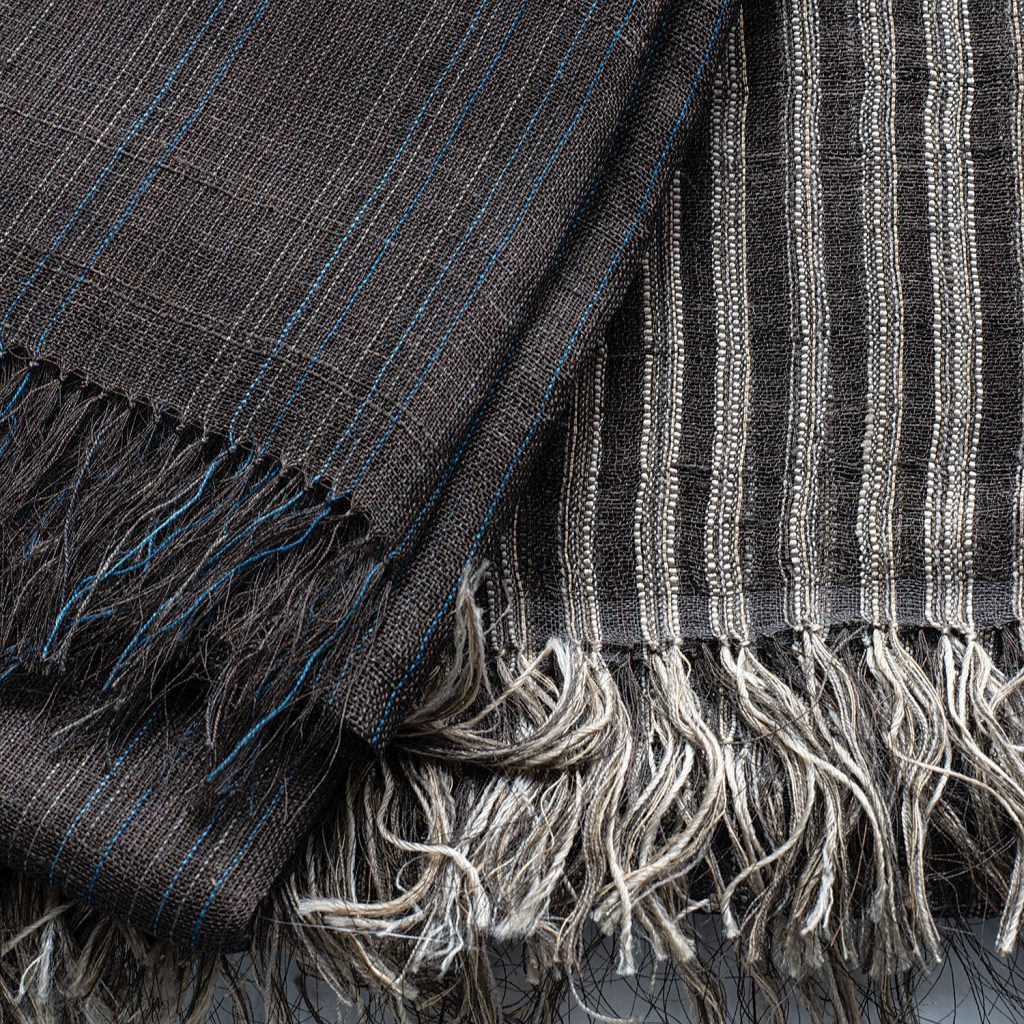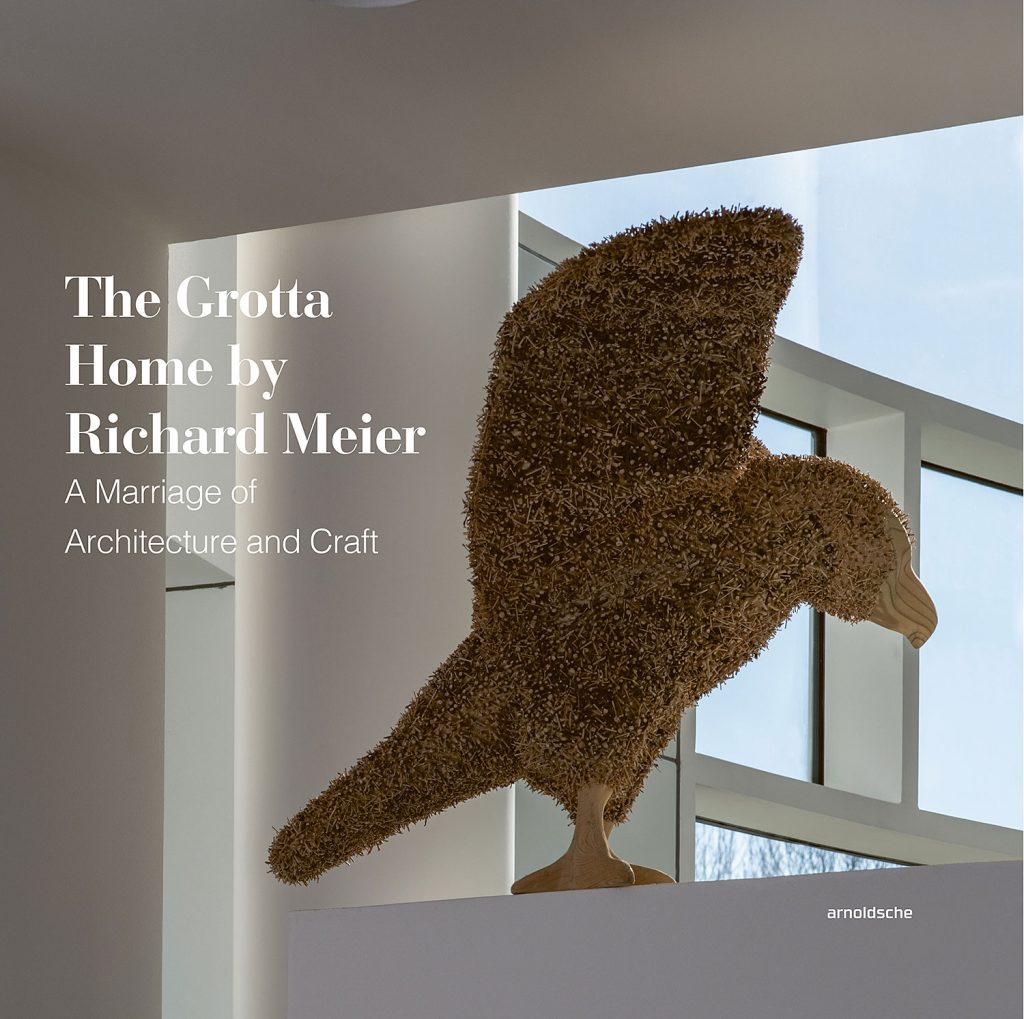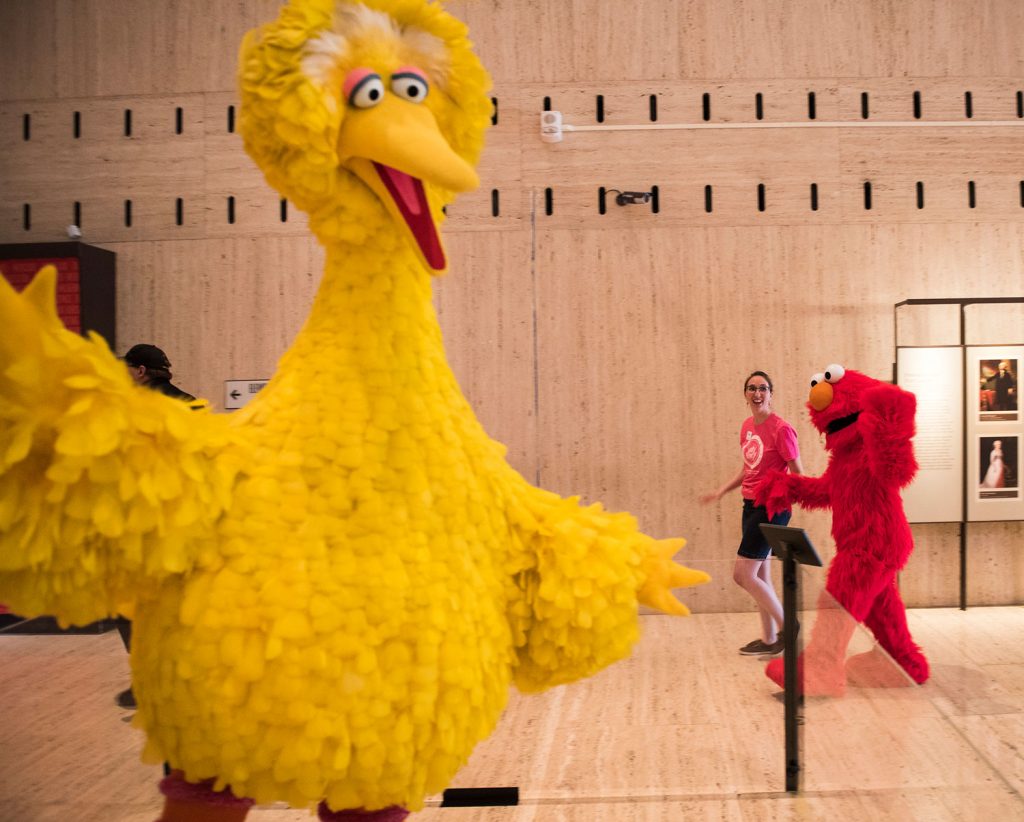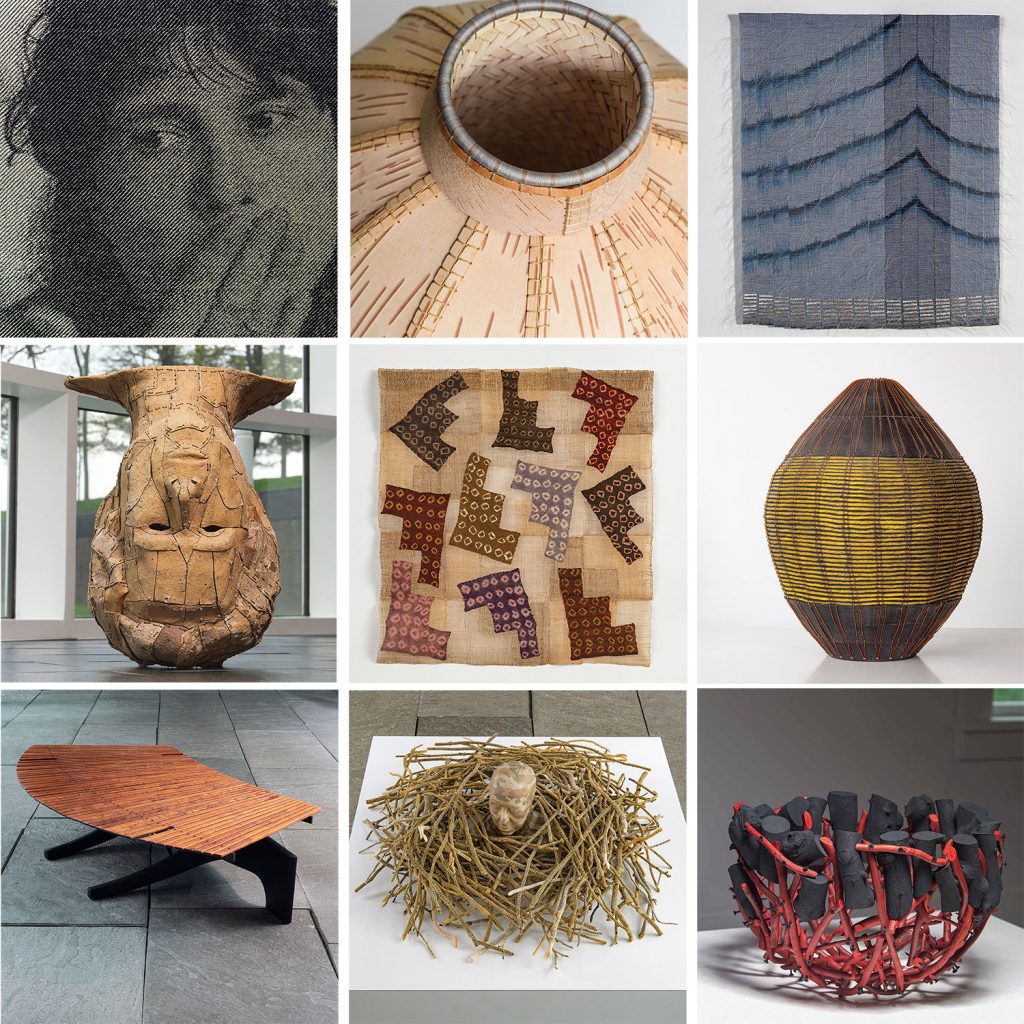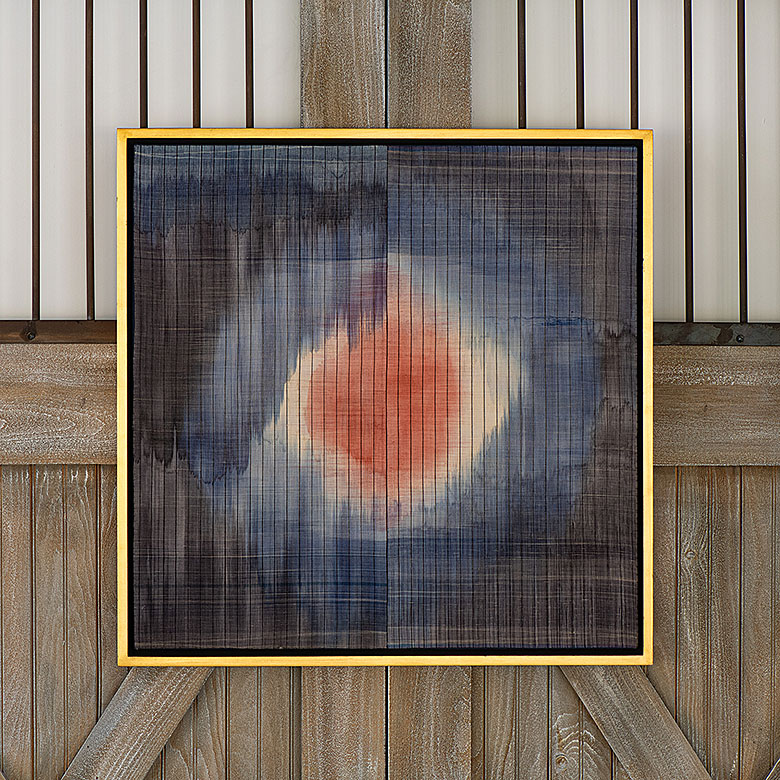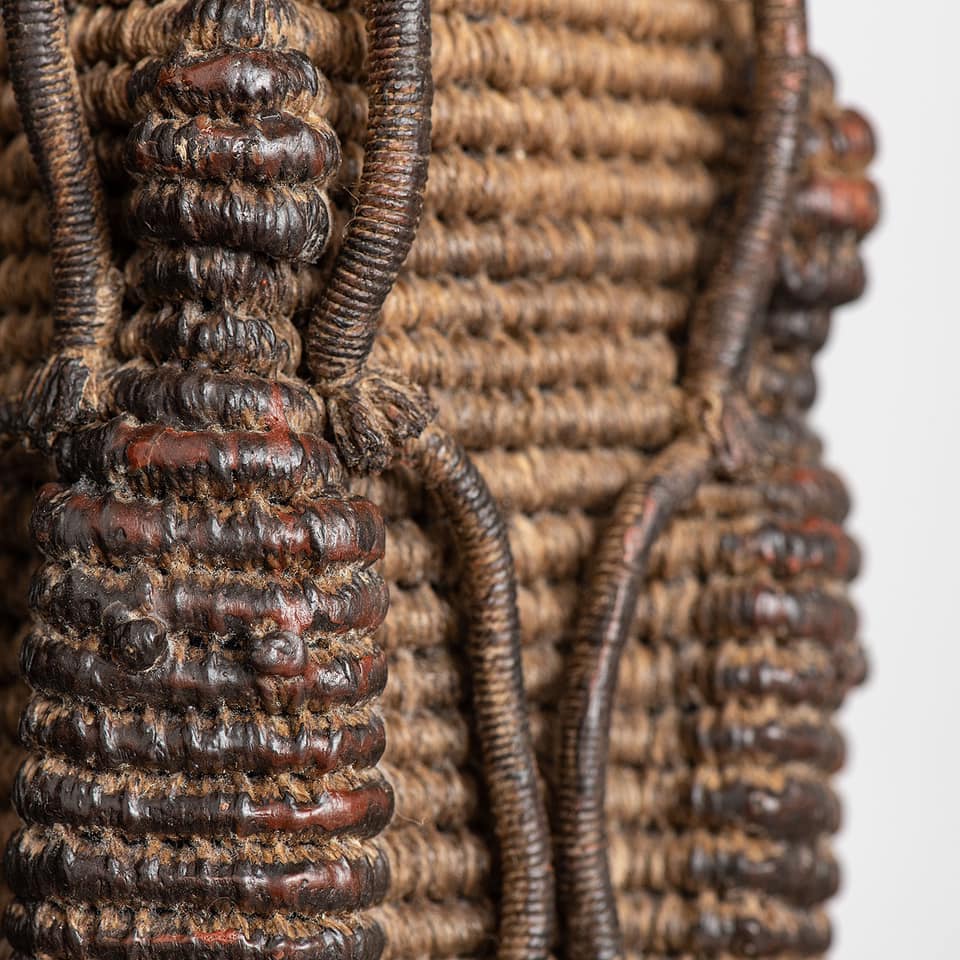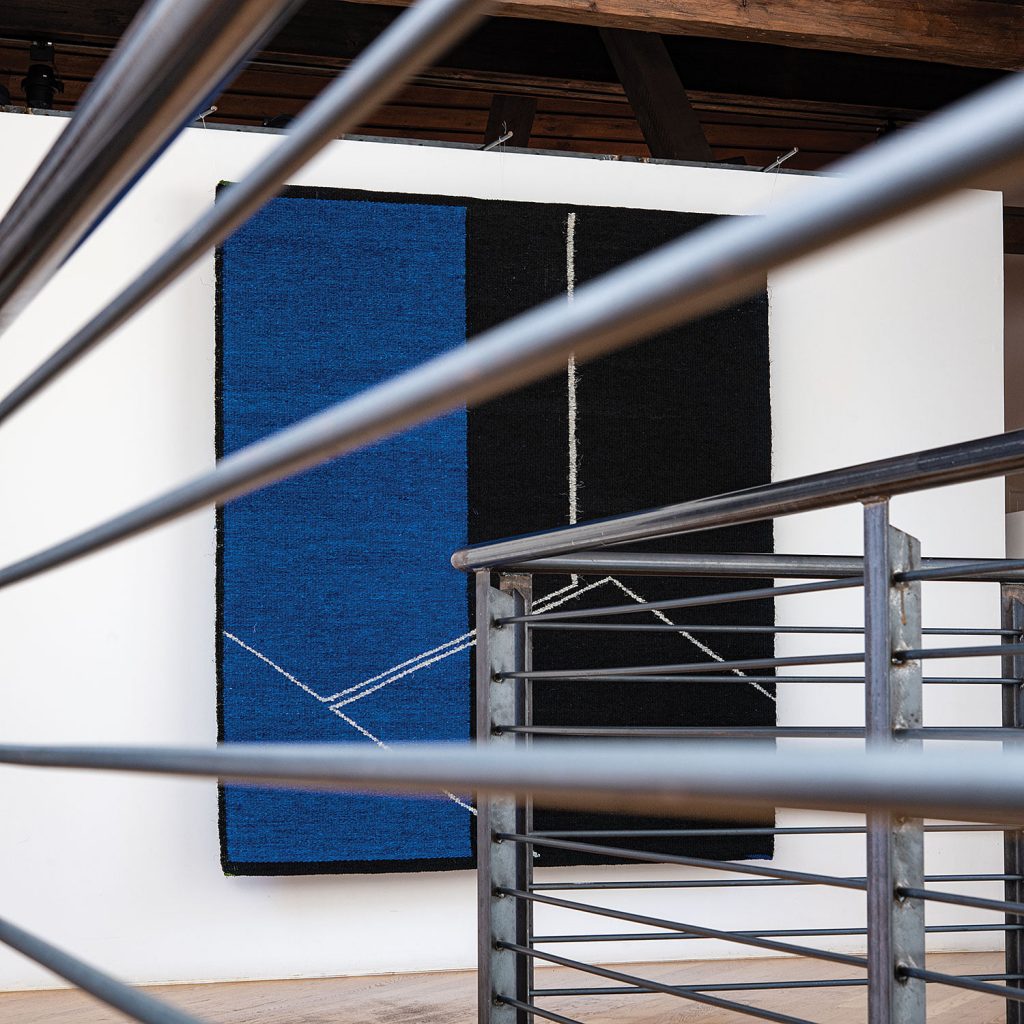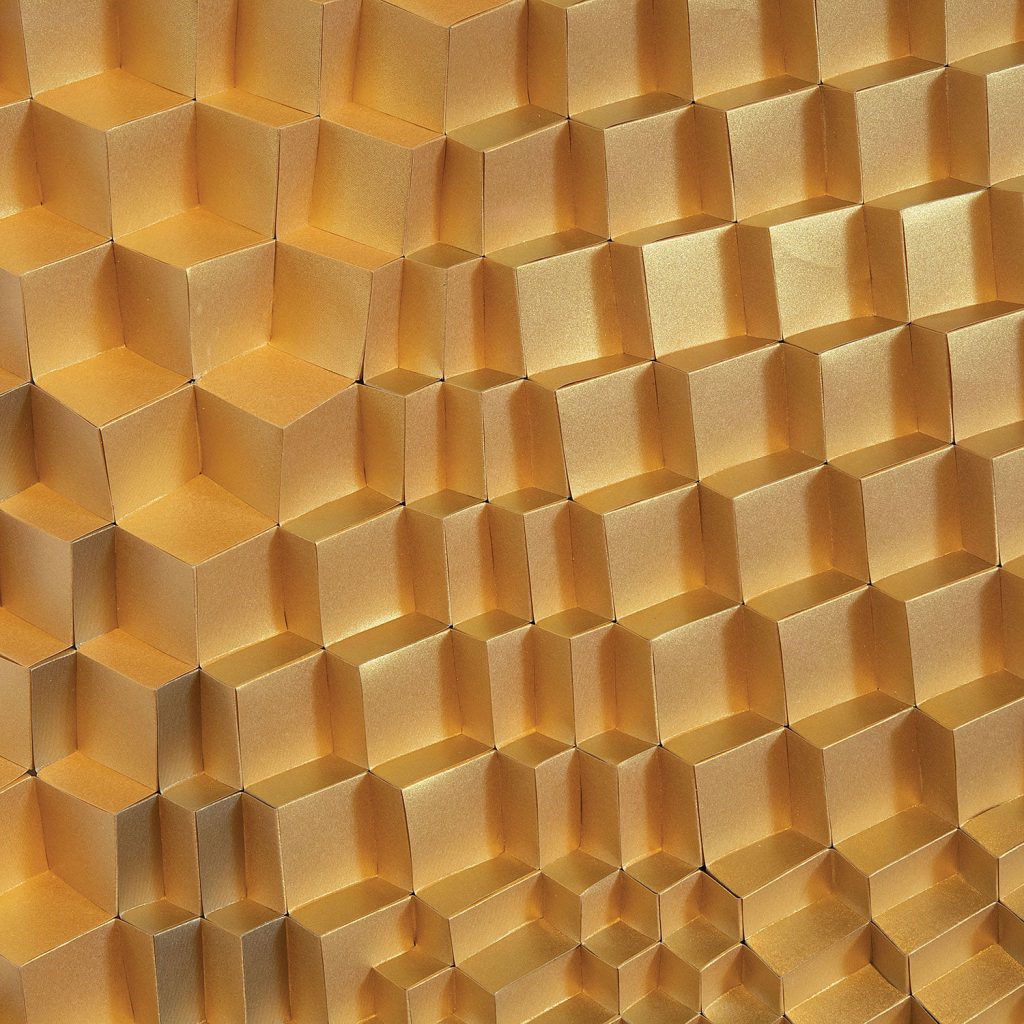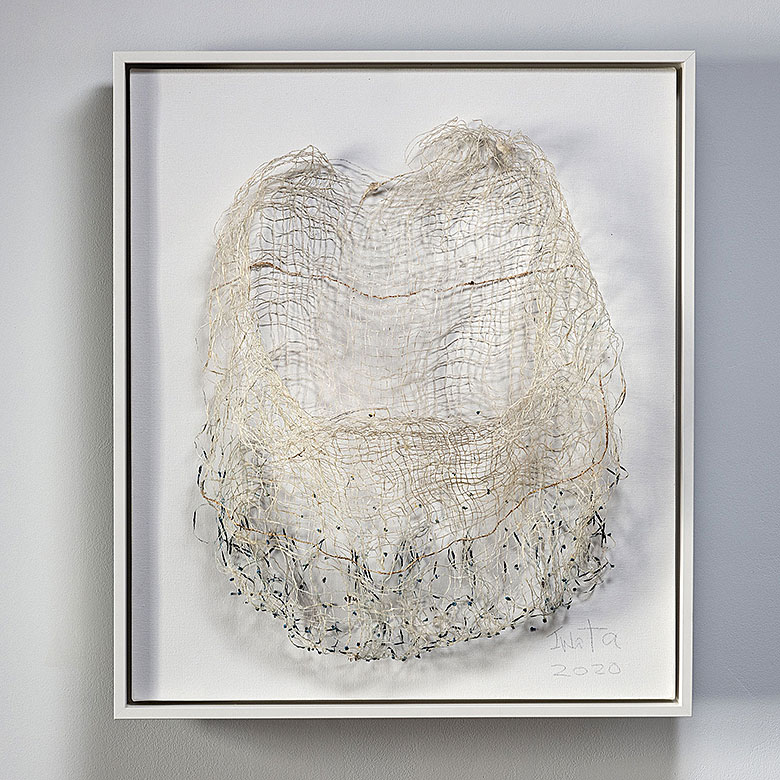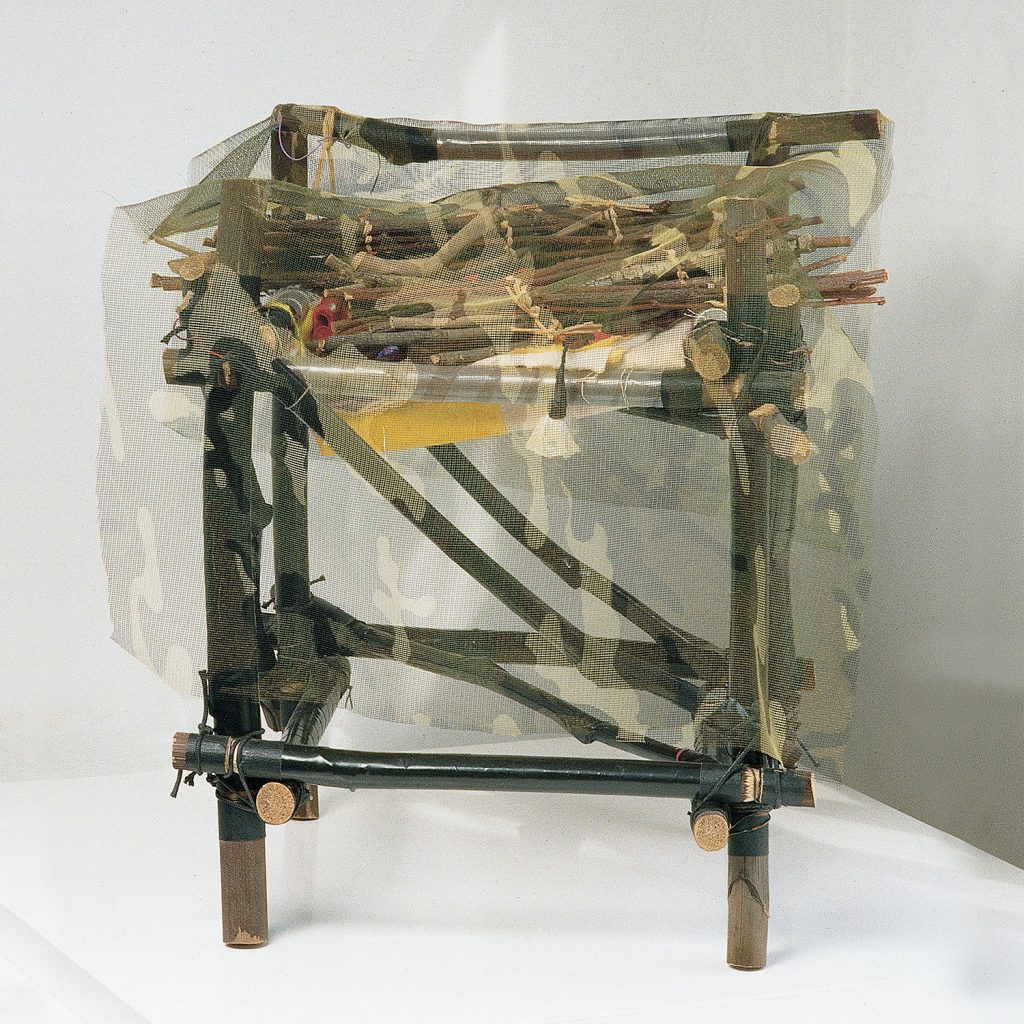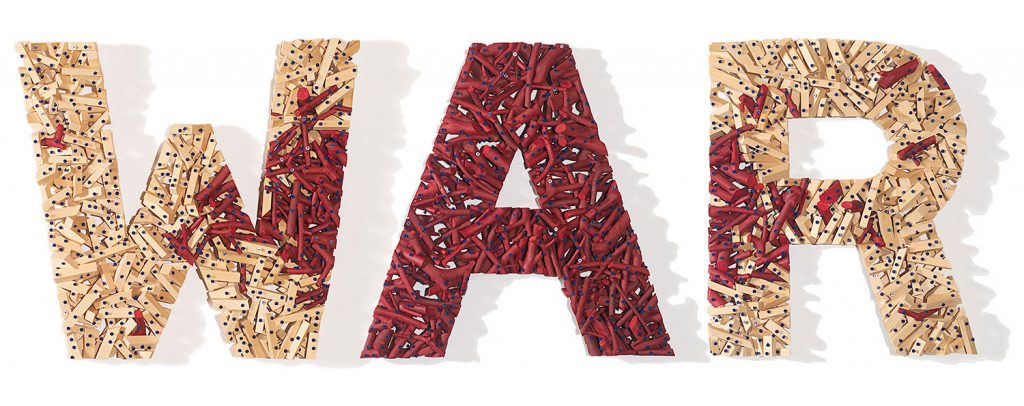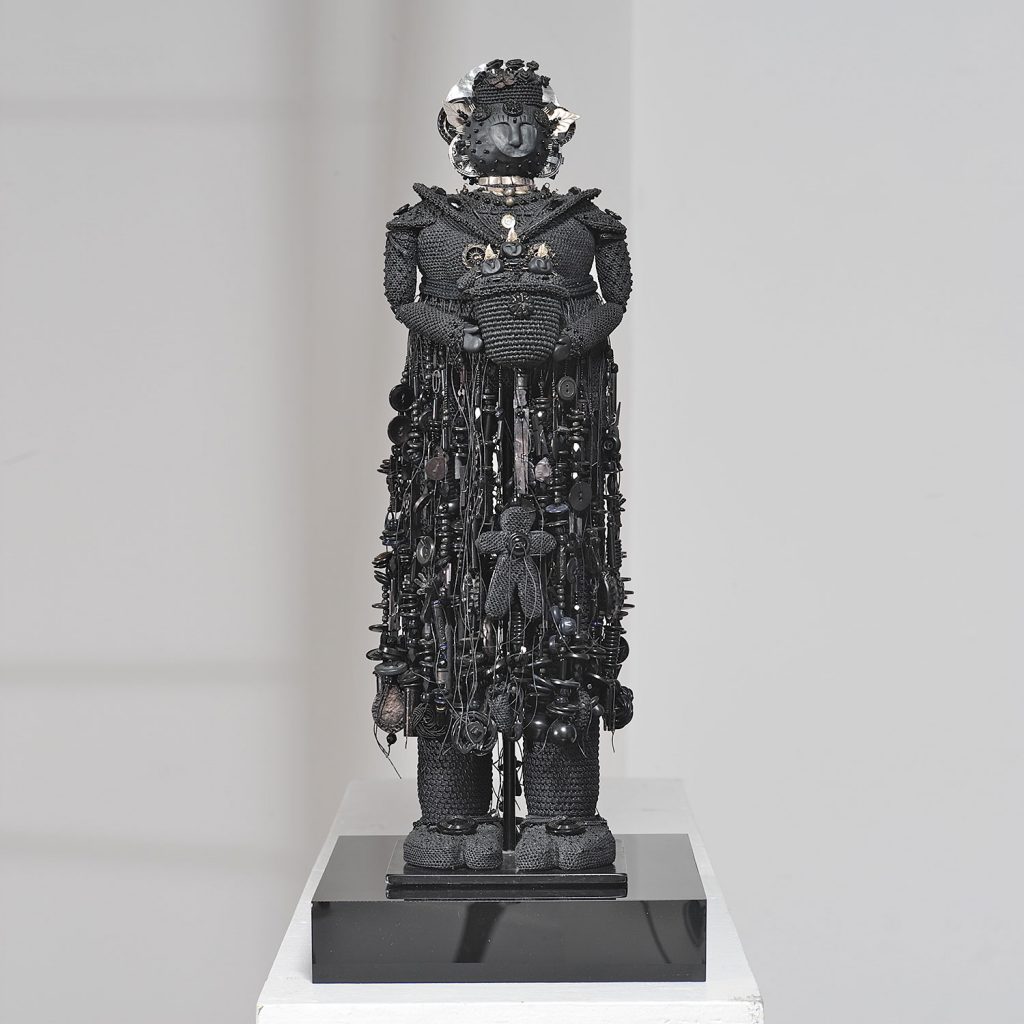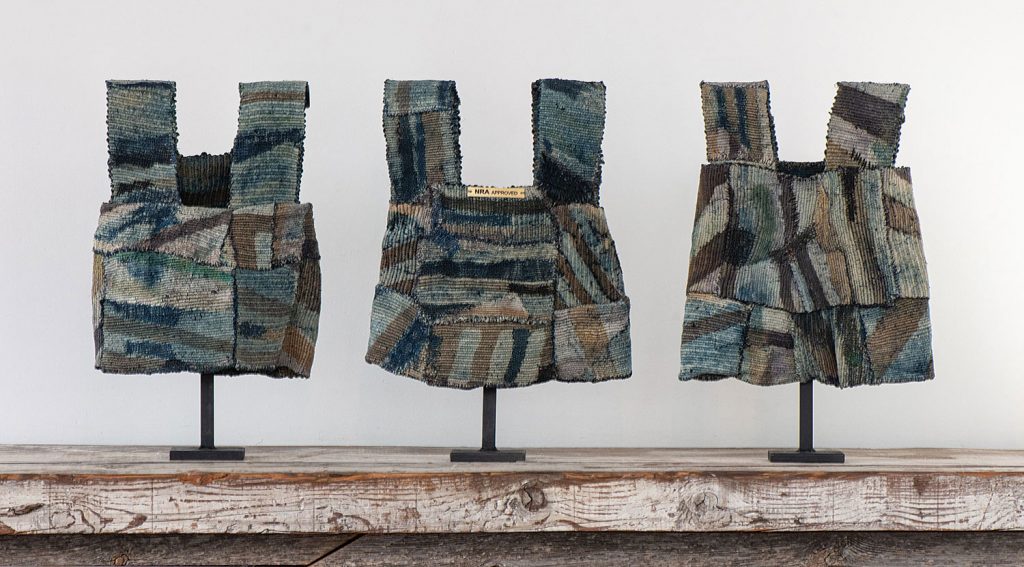Five carefully curated gift ideas from $600 to $900 to gladden your every day. Artists from the US, the UK and Japan have created a range of inspiring items to please you or those on your gift list.
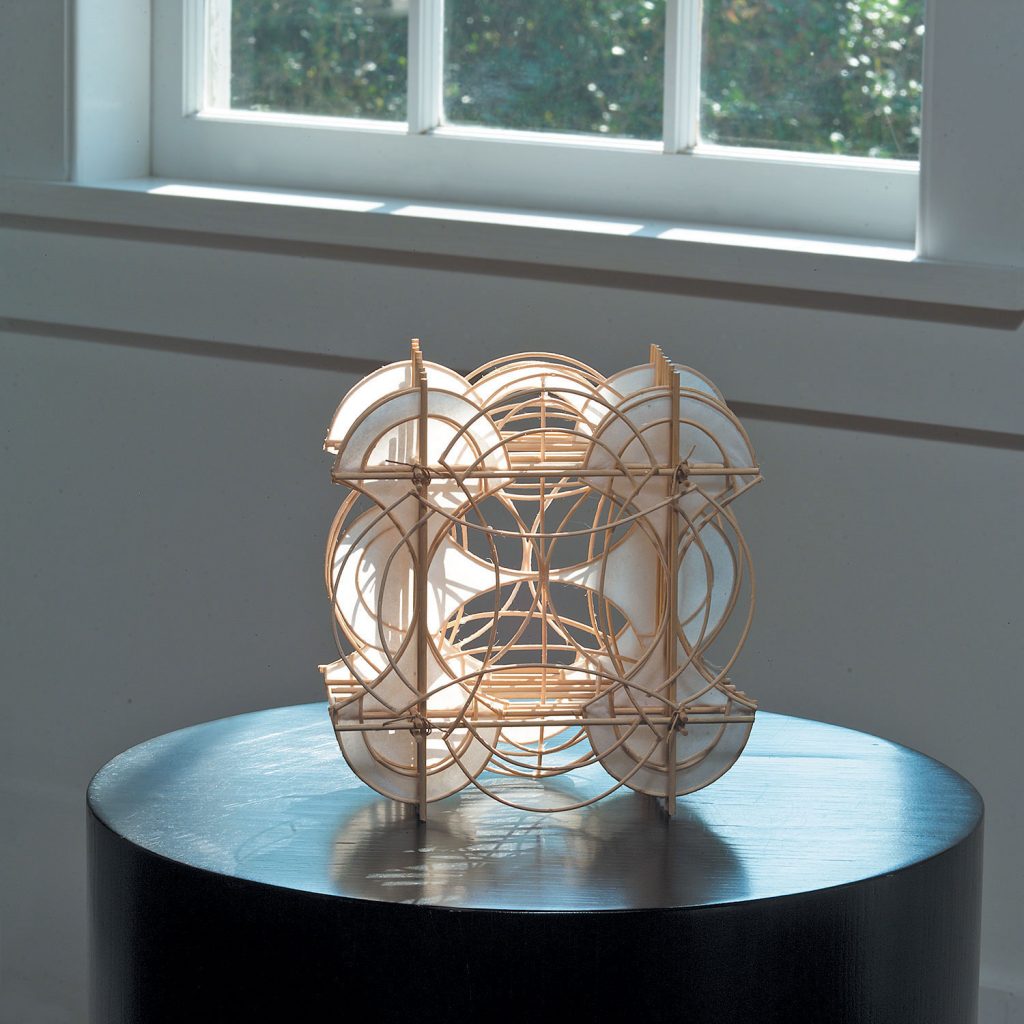
rice paper, reed, 8″ x 7.5″ x 5.5″, 2002
$600
Pat Campbell’s work, which has been featured in the Lausanne Biennial, is influenced by the Japanese shoji screen, traditionally made of rice paper. “Paper is exciting to work with. It is a fragile material that can be easily ripped or torn,” Campbell says.”It is a natural choice of material for my work. It provides the translucency I am seeking in constructions.” Campbell says. The graceful and symmetrical paper and reed objects that result, like Constructions III, have a sculptural presence enhanced by the interplay of shadows.

dyed kilm-dried Japanese bamboo, 3.25″ x 12.5″ x 3.25″, 2007
$600
California basketmaker Nancy Moore Bess works in bamboo, which she studied in Japan, Hawaii and New York. She often creates baskets within baskets, dying the bamboo and waxed linen and cotton, creating forms that are closed and open at the same time. They invite touch and movement and accentuate the beauty and versatility of bamboo.
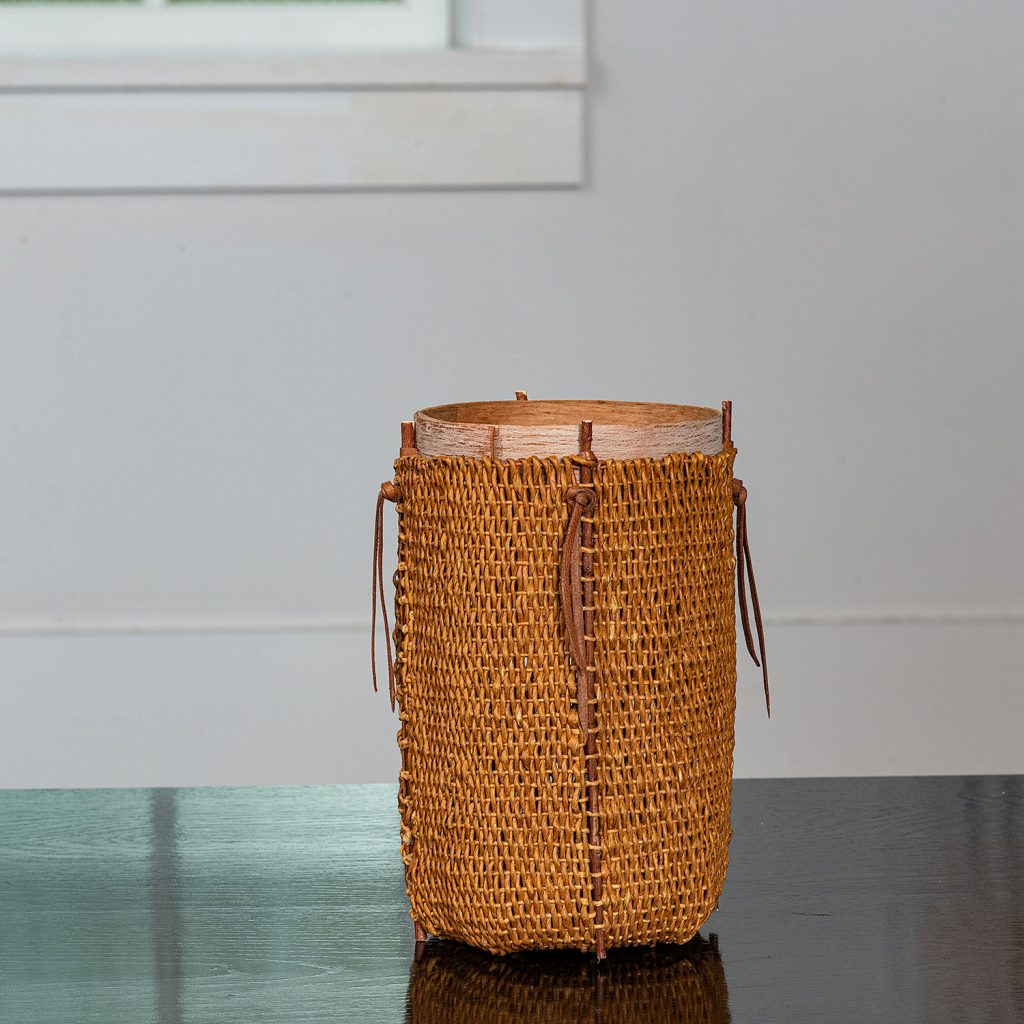
papertwine, waxed linen twine, CA spice bush branches, bark, leather ties
7.25″ x 5″ x 5″, 2002
$850
The late Marian Hildebrandt created this basket of natural materials that she gathered near her home in Napa Valley, California.

dyed cane and copper wire, 3.75″ x 19″ x 19″, 1992
$850
UK Maggie Henton trained in textiles. Her interest in the structure of weaving and the creation of three- dimensional forms led her to work with cane and making baskets. She found she could dye and weave the cane as easily as a textile fiber, She often mixes found
materials such as wire and plastic with cane. This weave pattern was developed from the study of South-East Asian weaving techniques. A similar work is found in the permanent collection of the Victoria and Albert Museum in London.
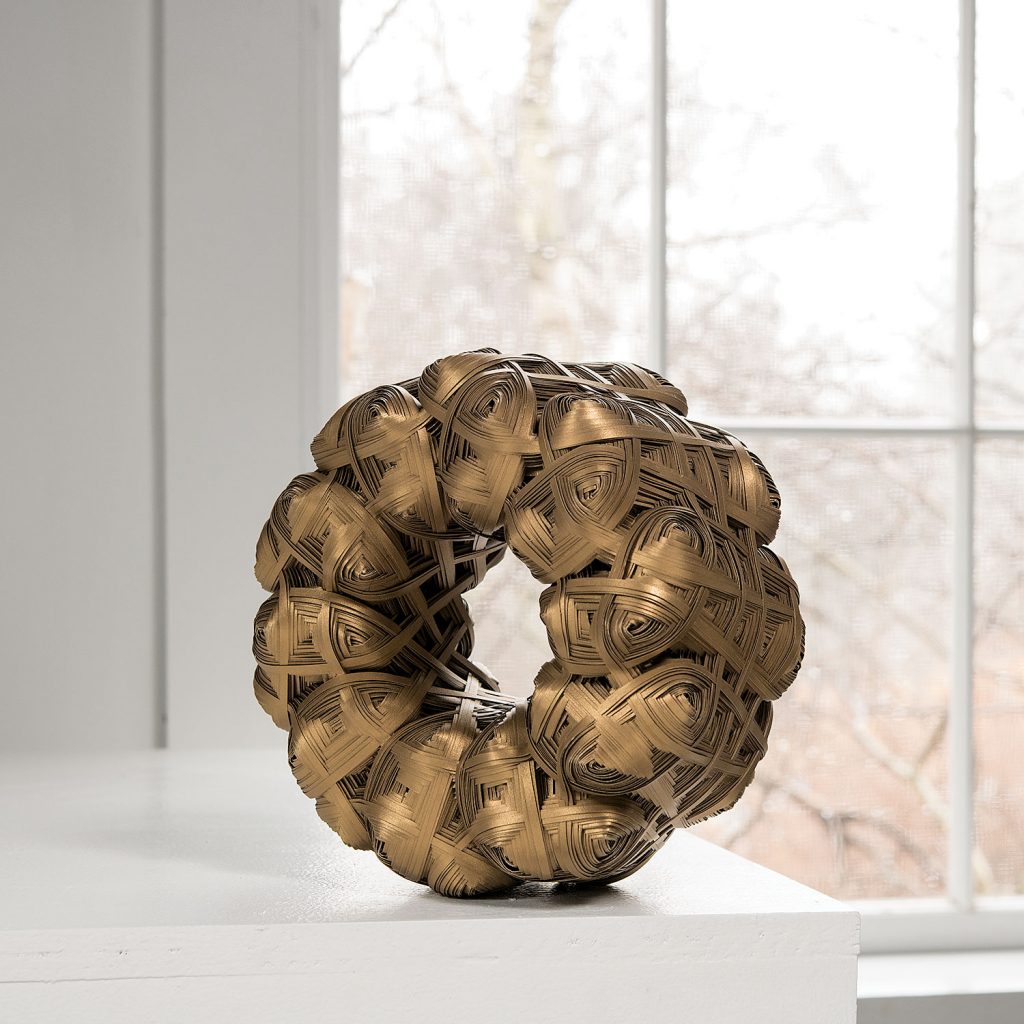
paper, 8.5” x 8.5” x 4.5”, 2018
$900
When Green is Gold: Cube connection 14, Takamiya puts a modern twist on traditional Japanese basketmaking methods through her experimentation with weaving techniques. When working on a basket, Takamiya winds hundreds of layers of thin strips of paper around and in between one another until she reaches her desired form. The end result is a three-dimensional, puzzle-like basket.
The small print: Order for the holidays by December 14th and we’ll ship by the 15th (though due to COVID we can’t guarantee the shippers’ delivery schedule). If you’d like us to gift wrap your purchase, email us at art@browngrotta.com, as soon as you have placed your order. To ensure we know you want gift wrapping, don’t wait to contact us — we generally ship as soon as the orders are received. Quantities are limited.

